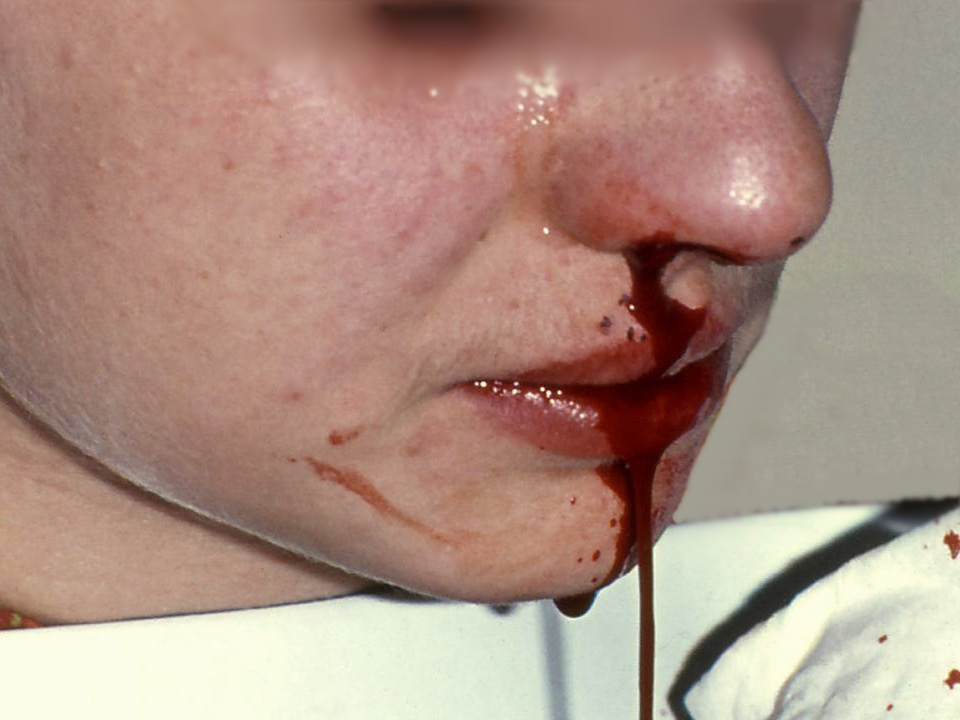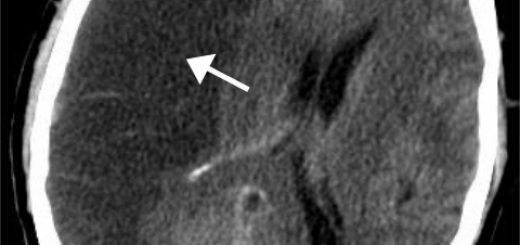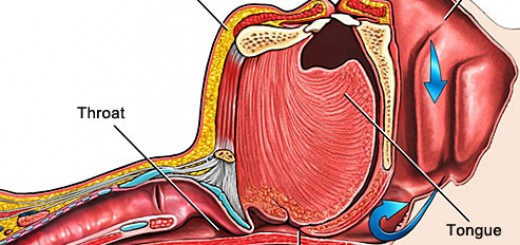What is the difference between a heart attack and heart failure?
A heart attack occurs when a coronary artery is suddenly blocked by a blood clot and heart muscle is damaged due to a lack of oxygen. Also known as a myocardial infarction (MI), a heart attack can lead to a sudden cardiac arrest (SCA).
With a heart attack, every minute counts. “Time is muscle” – the longer medical treatment is delayed, the more heart muscle dies due to lack of oxygen.
Let’s take a closer look at how a heart attack occurs,
Fatty deposits called plaque build up inside coronary arteries and reduce the blood flow. In some cases, the plaque ruptures and a blood clot forms inside the artery. This can block off the artery. When a blockage occurs, oxygen is not delivered to the heart and part of the heart muscle dies. Blockage can occur in any of the arteries supplying the heart.
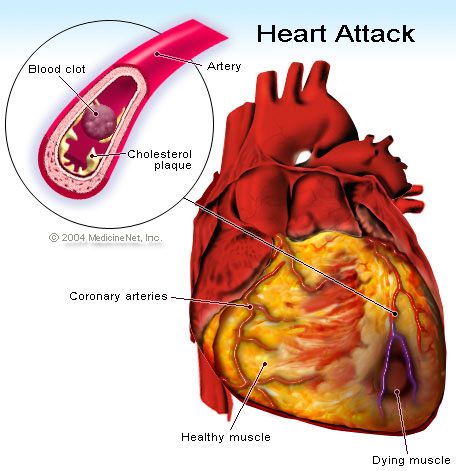
Signs and Symptoms of a Heart Attack
Angina and heart attack have very similar signs and symptoms.
- Chest pain or discomfort, usually in the center of the chest, may spread or radiate to the shoulders, neck, jaw and/or arms
- Pale, cool skin
- Sweating
- Rapid, irregular or weak pulse
- Rapid, shallow respirations or difficulty breathing
- Nausea and/or vomiting
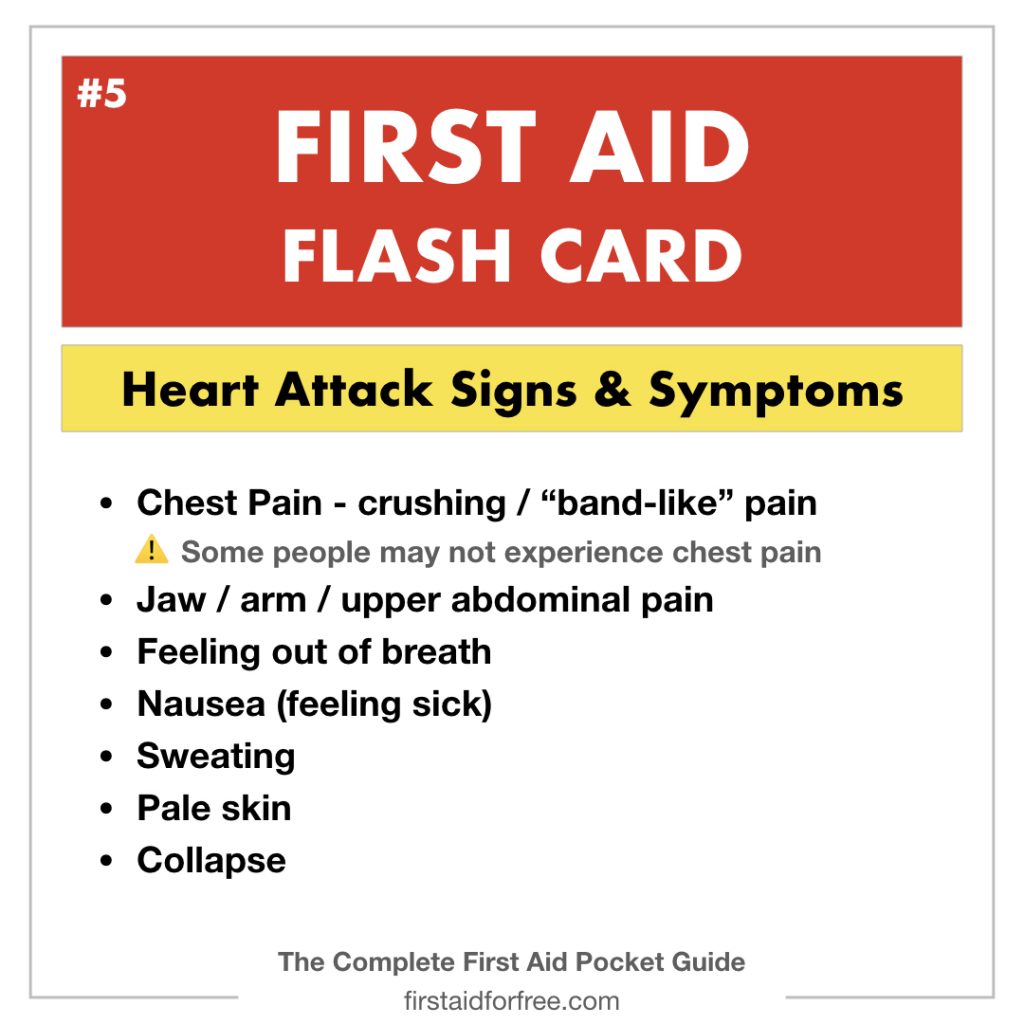
Heart Failure
Heart failure occurs when the heart’s ability to pump blood is reduced. This causes blood and fluid to collect around the lungs and in the extremities of the body.
Heart failure can develop after a heart attack due to weakening of the heart muscle.
Signs and symptoms
- Pale, cold, clammy skin
- Chest discomfort
- Shortness of breath, worse on lying flat and on exertion
- ‘Bubbly’, gasping breaths
- Frothy sputum
- Lower limb swelling (edema)

